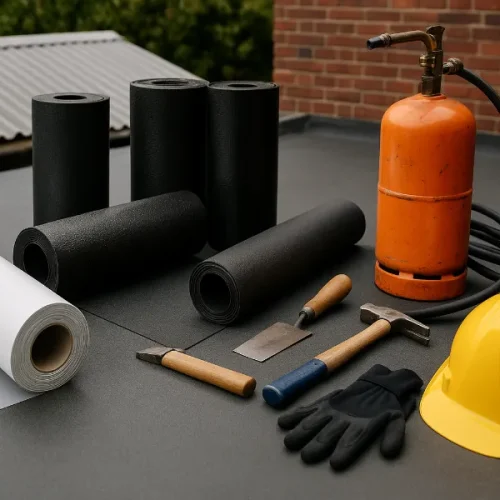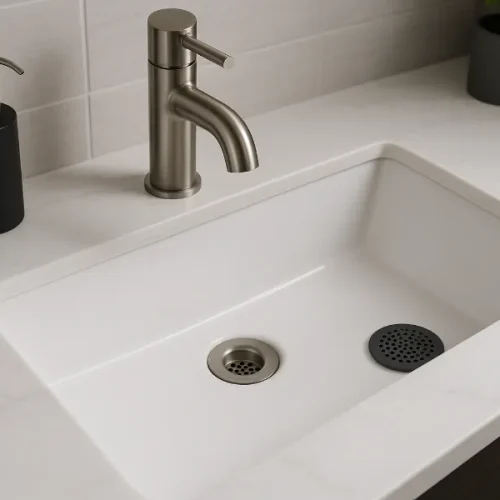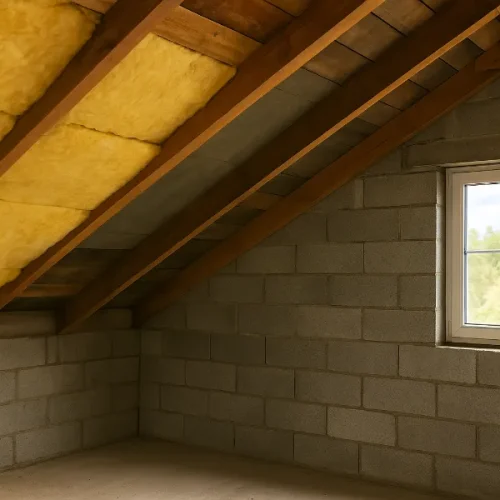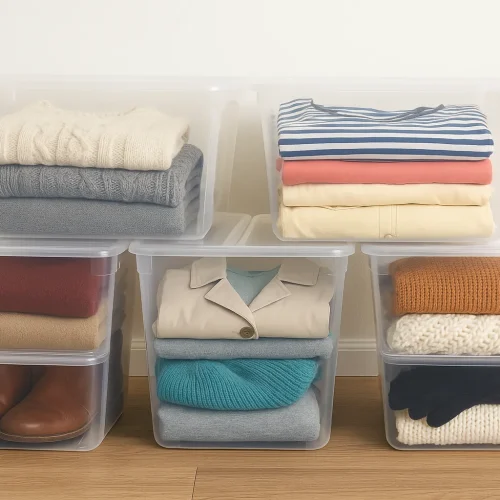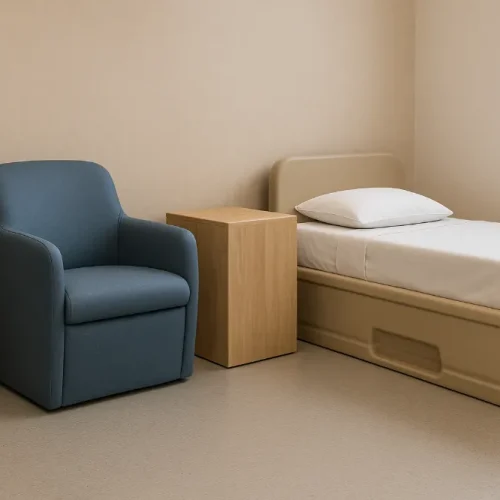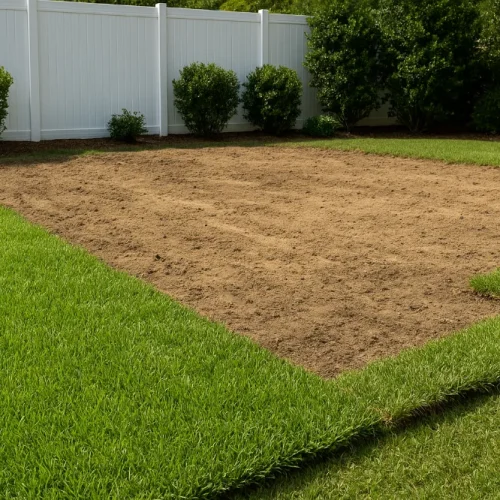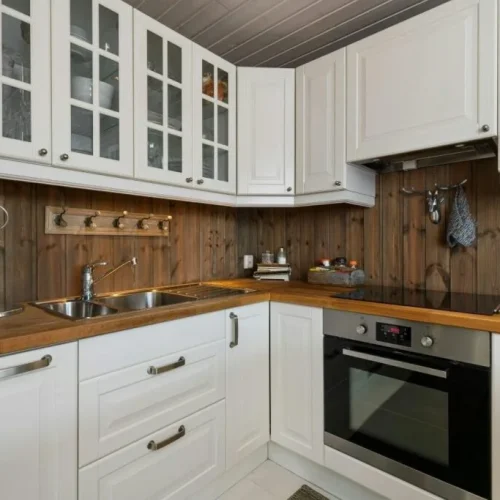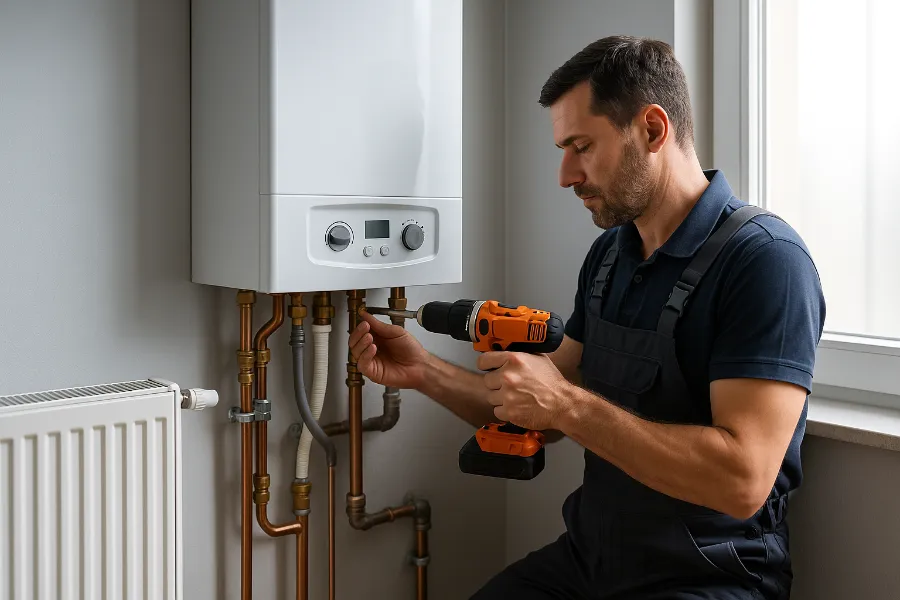
Upgrading your home heating system can be a significant investment, both financially and in terms of time. With a variety of options available today, understanding best practices can simplify the process and lead to a more efficient and reliable heating solution. Whether you’re considering a new boiler, radiator system, or even modern alternatives like heat pumps, knowing the ins and outs of installation is crucial. Here, we will explore key considerations for a successful home heating upgrade.
Assessing Your Current System
Before diving into a new installation, take stock of your existing heating system. Evaluate its performance, energy efficiency, and any recurring issues you’ve faced. Understanding these aspects will inform decisions about what improvements or upgrades are necessary.
- Efficiency: Look for the Energy Efficiency Rating (EER) of your current system. Even small upgrades can lead to significant savings on energy bills.
- Lifespan: Older systems may not only be less efficient but might also be on the brink of failure. Research the average lifespan of your type of heating system.
- Comfort Levels: Are there cold spots in your home? This may indicate inadequate heating or insulation.
This assessment will assist in determining the type of upgrade that best suits your needs. For more in-depth guidance, consider consulting professional advice for home heating installations to ensure you’re making informed choices.
Choosing the Right Heating System
Once you’ve assessed your current system, it’s time to explore your options. The right choice depends on various factors, from your home size to your lifestyle. Here are some popular heating systems to consider:
- Combi Boilers: A compact option, ideal for smaller homes, that provides both heating and hot water on demand.
- Conventional Boilers: Suitable for larger homes, they can provide higher outputs, but require more space and a hot water cylinder.
- Heat Pumps: An environmentally friendly option that extracts heat from the air or ground, making them highly efficient and ideal for those looking to reduce their carbon footprint.
- Smart Radiators: These can be programmed to regulate temperature in different rooms, allowing for more precise control over heating.
Research and Reviews
When considering different systems, look at reviews and speak to friends or family who have undergone similar upgrades. Online platforms can provide insights but rely on trusted sources. Comparing different heating options will help you make an informed decision tailored to your needs.
Hiring Qualified Professionals
One of the most critical steps in upgrading your home heating is hiring qualified professionals. An experienced installer will ensure your new system is set up correctly and operates optimally.
- Check Qualifications: Look for engineers who are certified and registered with recognised bodies such as Gas Safe or the Heating and Hotwater Industry Council (HHIC).
- Get Quotes: Always get multiple quotes from different installers. This allows you to better understand the market rates and scope of work.
- Ask for References: A reliable contractor will be happy to provide references or testimonials from previous clients.
Remember, poor installation can lead to inefficiency and potentially hazardous situations, so it pays to invest time in selecting the right professionals.
Planning for Energy Efficiency
As you consider your heating upgrade, think about energy-efficient practices. These not only help reduce your carbon footprint but can also lead to substantial savings in running costs.
- Insulation: Ensure your home is well-insulated. The most efficient heating system will struggle to maintain warmth in a poorly insulated home.
- Smart Thermostats: Invest in smart heating controls to manage your energy usage better. These devices can learn your habits and adjust temperatures accordingly, providing comfort while maximising efficiency.
- Regular Maintenance: Schedule regular servicing for your heating system. This can extend its life and ensure it runs at peak efficiency.
By integrating energy-efficient practices into your upgrade, you create a sustainable heating solution that pays dividends over time.
The Importance of a Seamless Installation
Once you’ve decided on the system and hired the right professionals, it’s essential to ensure the installation process is as seamless as possible. This involves a few important steps:
- Timing the Installation: Aim to schedule your installation during off-peak seasons, such as late spring or early autumn, to avoid the rush and potential delays.
- Discuss Installation Logistics: Talk with your installer about any specific requirements or challenges they may face during the installation. This proactive communication can lead to fewer surprises down the line.
- Post-Installation Checks: After installation, ensure the system is thoroughly tested. Familiarise yourself with its operation and ask any questions while the installer is still on-site.
Staying Informed Post-Installation
Finally, once your new heating system is up and running, don’t forget to stay informed. Regularly check its performance and keep an eye on energy bills to ensure everything is functioning as it should.
Consider joining forums or local community groups where heating issues are discussed. These platforms can offer valuable insights and updates on the latest technologies and practices.
Conclusion
Upgrading your home heating system doesn’t have to be a daunting task. By thoroughly assessing your needs, choosing the right system, and hiring qualified professionals, you can ensure a reliable heating solution. Integrating energy-efficient practices and maintaining informed communication throughout the process will lead to a comfortable, efficient home. Whether you’re aiming for cost savings, comfort, or environmental responsibility, these best practices provide a roadmap to a successful home heating upgrade.
FAQs
If your system is older, inefficient, frequently breaking down, or causing uneven temperatures, it’s likely time to consider an upgrade.
Heat pumps are among the most energy-efficient choices, especially when paired with proper insulation and smart thermostats.
Yes. Improving insulation first ensures your new system performs efficiently and reduces overall energy consumption.
Most installations take 1–3 days, depending on the complexity of the system and any required upgrades to existing components.
Look for professionals registered with Gas Safe (for gas systems), HVAC licensing bodies, or other recognized heating industry certifications.
Absolutely. Smart thermostats improve comfort, optimise efficiency, and help lower energy bills through learning features and scheduling.
Late spring or early autumn is ideal, as installers are less busy and you avoid peak-season delays.
Use smart controls, maintain proper insulation, schedule annual servicing, and adjust temperature settings based on occupancy.
Costs vary based on the system type, home size, installation complexity, and any additional work like duct or electrical upgrades.
Most systems require annual servicing to maintain efficiency, safety, and warranty validity.


